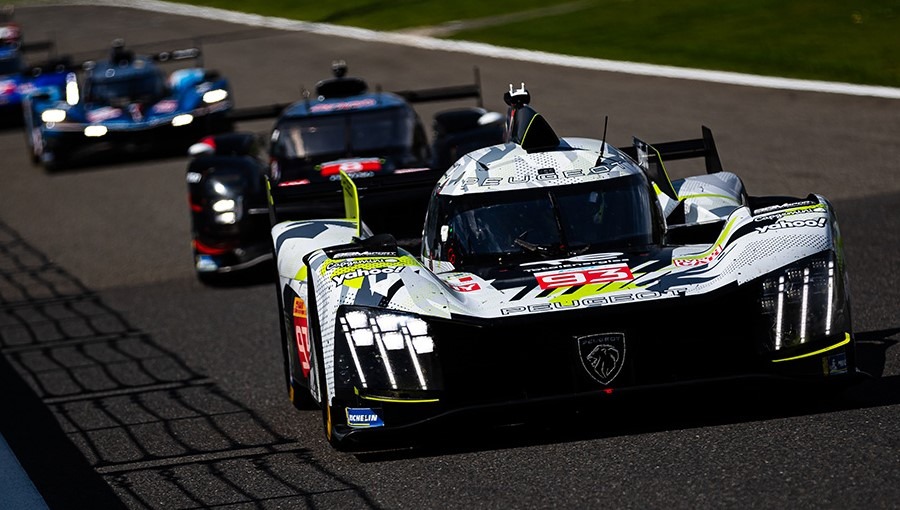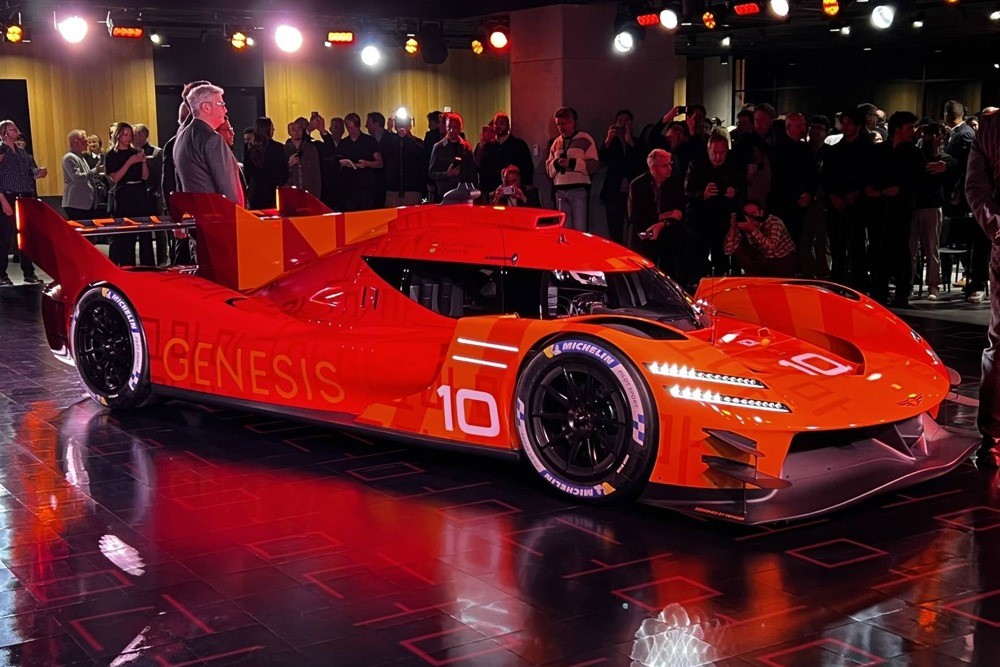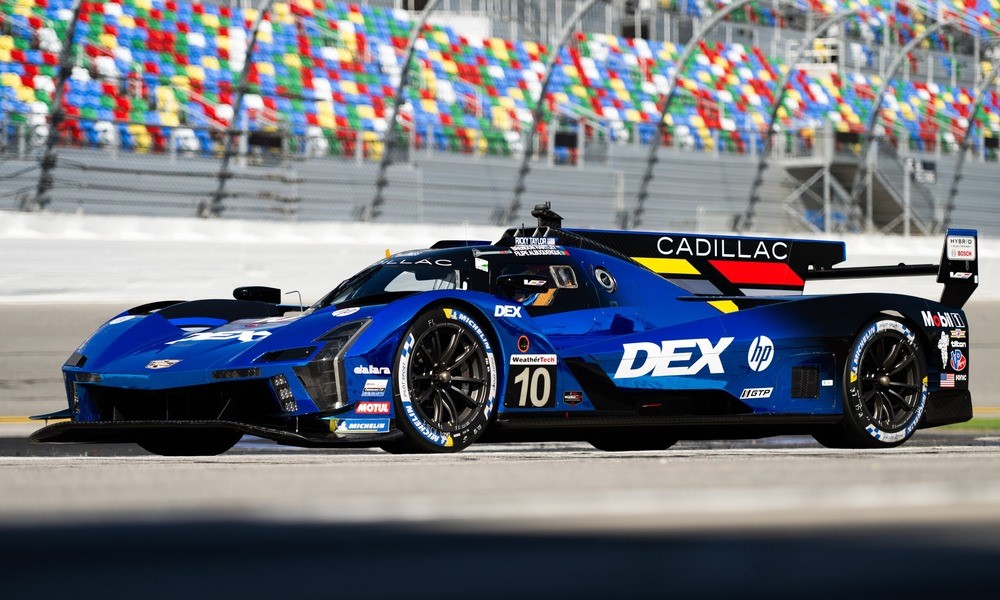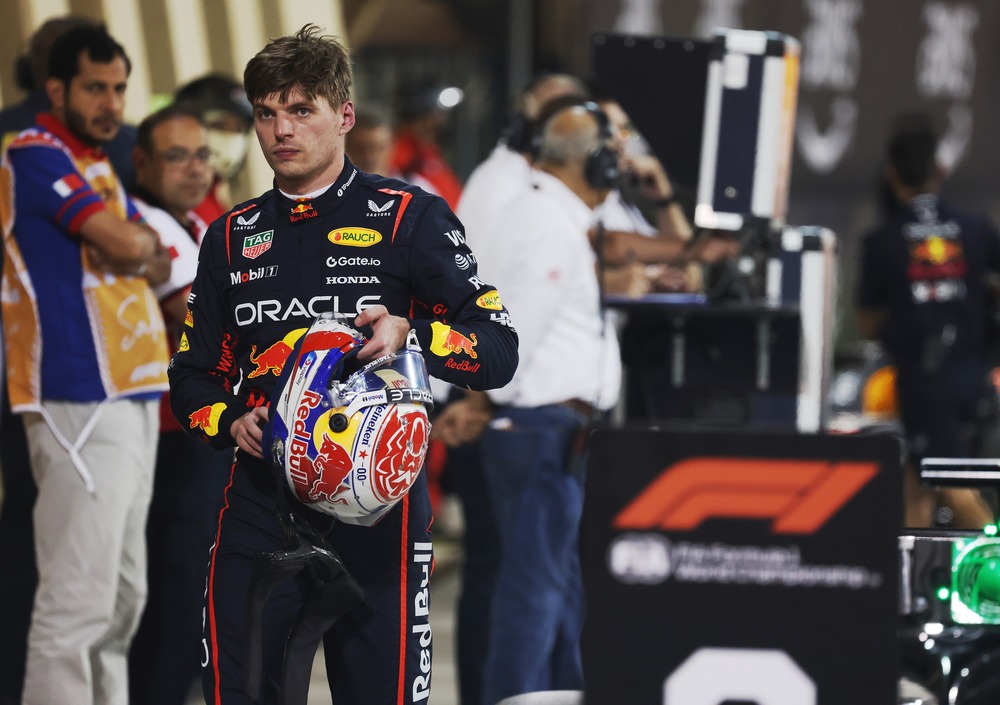Peugeot stands to gain the most from the WEC’s Balance of Performance changes for Le Mans.
Peugeot and Ferrari appear to be the big winners under the Hypercar Balance of Performance issued for this month’s Le Mans 24 Hours round of the World Endurance Championship.
Both of the cars which are yet to win a WEC round so far this year will be put on a better footing compared to most of their seven rivals in the top Hypercar class.
The revised Peugeot 9X8 2024 Le Mans Hypercar introduced at the Imola WEC in April has received an 18kg weight break down to 1047kg while retaining the maximum power of 508kW (681bhp) at which it raced last time out at Spa in May.
It follows two races at which the heavily reworked Peugeot 9X8, which now runs a conventional rear wing, failed to match the performance of the previous iteration of the car at the Qatar season-opener in March.
The team recently said it needs wins to justify its sportscar prototype programme. Although manufacturers are forbidden from mentioning the Balance of Performance regulations under WEC’s rules, Stellantis Motorsport senior vice president Jean-Marc Finot was recently quoted saying the brand “need to win something” to justify its presence in the series and complaining about its weight and power disadvantage compared to its rivals.
Ferrari, who scored their only victory since returning to the WEC last year at Le Mans 12 months ago, also stand to benefit from the latest BoP changes. The 499P will shed 10kg and gain 2kW below 250kph. Like Peugeot, the also face a reduction in their maximum allowed stint energy, which falls by 16MJ.
Porsche’s 963 LMDh, winner of two of the three WEC rounds so far this season, has gained 5kg in minimum weight since Spa in the BoP table published on Monday ahead of this weekend’s Le Mans Test Day, which leads into race week for the French enduro. But the German car will be able to run with 4kW (5bhp) more power.
The remaining five cars have all had minor power reductions, with Toyota and Cadillac both getting decreases of 7kW to 508kW and 509kW respectively. Alpine has dropped by 6kW to 507kW, the Isotta Fraschini is down 5kW to 515kW and the BMW has dropped 2kW to 508kW.
In a further change for Le Mans, the amount of power available to each car will change at a certain speed, currently set at 250kph. At that point some cars will be permitted more power, others less.
In some cases this may even act to reverse changes made under the BoP. For example Ferrari’s maximum permitted power has increased under 250kph but falls again once they pass that point.
The new feature has been incorporated into the BoP so that the acceleration and straightline speeds of the cars competing in Hypercar can be more closely matched in an effort to further balance the playing field.
Ferrari’s LMH will be have to run maximum power reduced by 1.7% above 250km/h (155mph), equivalent to 8.6kW or 11bhp. The other cars competing in Hypercar to lose power over 250km/h are the Lamborghini SC63 with a 1.6% reduction and the Peugeot with 0.7%.
All the other cars have a 0.9% power gain, with the exception of the Porsche 963 LMDh, which will run the same 511kW maximum power above and below 250km/h.
Power gain had been set for an introduction for round two of the WEC at Imola in April after it was trialled by some manufacturers at the official pre-season Prologue test ahead of the season-opener in Qatar in March.
No reason was given for a delay that extended through round three at Spa last month.
The power gain column in the BoP table that remained empty for the opening three round stipulated 210km/h as the starting point for the increase or decrease in engine performance.
The 250km/h figure in the Le Mans BoP is understood to reflect the higher top speeds achieved on the Circuit de la Sarthe at Le Mans in comparison to the tracks that make up the rest of the schedule.








